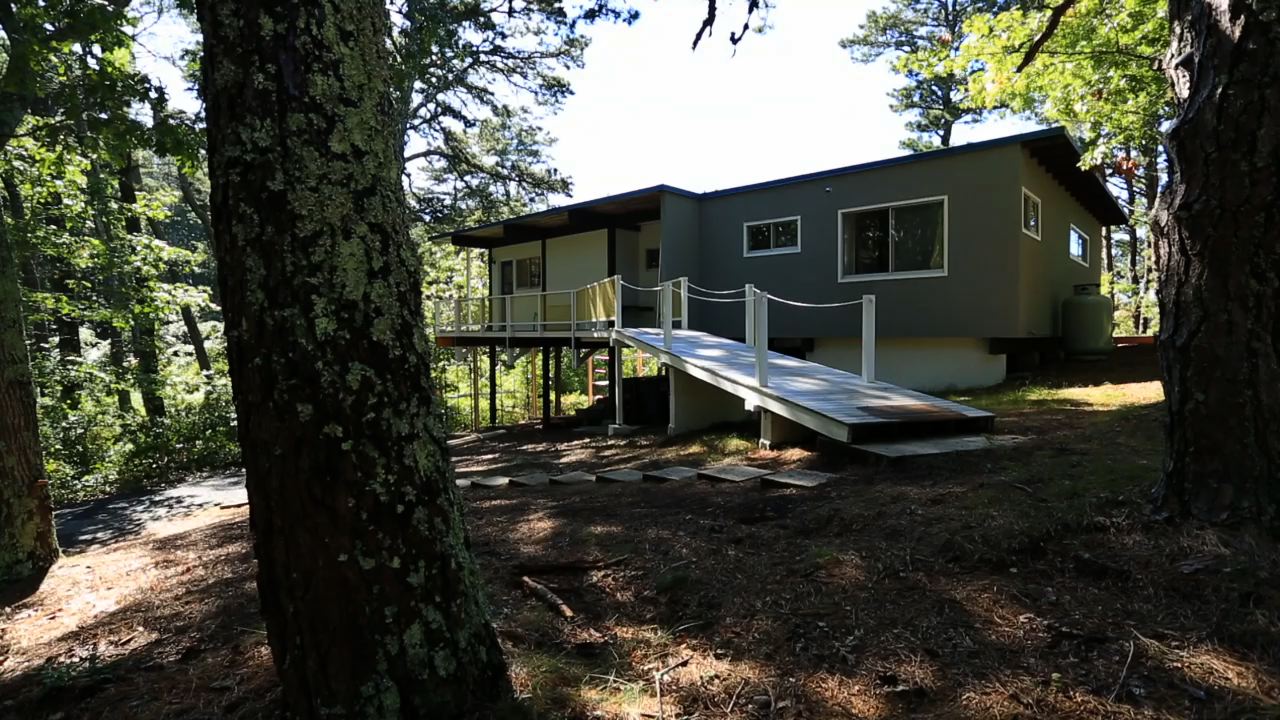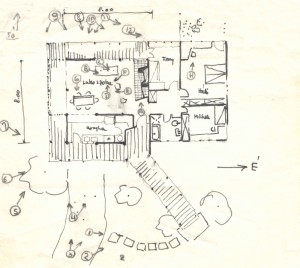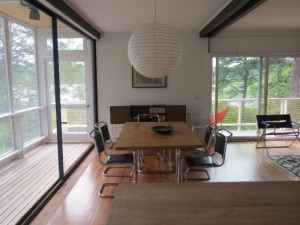 Imagine returning to the place of your childhood and, half a century later, finding it completely unchanged; the land, the house, the furniture, the light and the smells. Such was my experience in the summer of 2014, when I had just started working on the Restless Hungarian book and film. I had been given a one-month retreat in the Modernist house that my father designed the year that I was born. It had been restored by the Cape Cod Modern House Trust.
Imagine returning to the place of your childhood and, half a century later, finding it completely unchanged; the land, the house, the furniture, the light and the smells. Such was my experience in the summer of 2014, when I had just started working on the Restless Hungarian book and film. I had been given a one-month retreat in the Modernist house that my father designed the year that I was born. It had been restored by the Cape Cod Modern House Trust.
In their book, Cape Modern, architectural historians Peter McMahon and Christine Cipriani write:
The house is a clear structural diagram, a small glimpse into the thought process of one of the twentieth century’s great engineers.
 The design is elegant in its simplicity, a rectangular box built on a slope with its southern end floating in space amongst the trees, supported by slender stilts. The south and west walls of the living room are floor-to-ceiling sliding glass panels that create the most delicate and permeable boundary between inside and outside. The house is honest in its use of simple materials, adhering to Bauhaus principles.
The design is elegant in its simplicity, a rectangular box built on a slope with its southern end floating in space amongst the trees, supported by slender stilts. The south and west walls of the living room are floor-to-ceiling sliding glass panels that create the most delicate and permeable boundary between inside and outside. The house is honest in its use of simple materials, adhering to Bauhaus principles.

My father Paul loved to this story about his design:
When I began to work on it, there were a lot of famous architects in that neighborhood and they offered all kinds of suggestions. I totally ignored them. Then Le Corbusier came to New York and I spent some time with him and he told me that I did everything wrong. And then when the house was built, one of the architecture magazines featured it, and there was a list of the names of the foremost architects in the world whose advice I totally ignored.
I had spent the first fourteen summers of my life the house… and it is a place I often have returned to it in my dreams. While staying there I made a short film… a visual poem, about the house as I experienced it as a child. It’s the most personal of the short films I had made about my father for The Restless Hungarian Website.
Seth Melchert
September 21, 2018 at 1:26 amWow, Tom, this is so poignant. Thank you for putting this together. It combines the surreal, the dream state, childhood memories, and the grounded practical world. I am so moved, having spent time in that house, how powerfully you have captured both the spirit of the place, and also your own complex journey that unfolded there. You are a fantastic writer, and I am the better for your gifts.
Zida
September 17, 2018 at 1:36 amThis is wonderful, Tom. It makes me wish every single person could make movies like this about their lives. What a gift you have: the skill and ingenuity to create a visual poem like this.
Many hugs,
Zida
Marcia
September 16, 2018 at 2:13 pmGreetings from NH. Stayed at the Weidlinger House a few years back with friends. The drive in is ground breaking, but definitely worth the trip! The Weidlinger House is a gem in so many respects-the concept, the layout, the sliding doors, the separation of living area and sleep area, the setting. Should I go on? The last entry in the log was written by you and was most interesting to read. Not sure if someone stayed in between, but we added our impressions. Am very glad the CCMHT was formed to save these architectural monuments.